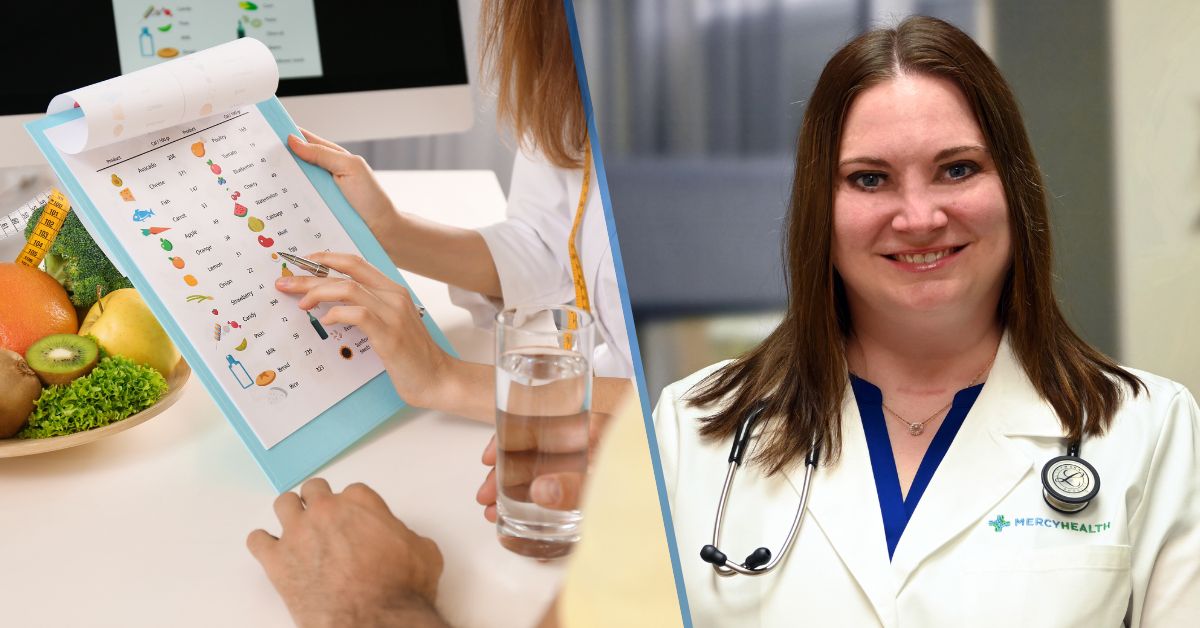Everything to know about diabetes and how you can prevent it
Diabetes is a disease in which your blood sugar (glucose) is too high. Your body can’t turn that sugar into energy. Insulin is a substance your body makes to help you use the sugar for energy. But when your body doesn’t make enough insulin, the sugar stays in your blood and you develop diabetes.
The common types of diabetes include type 1, type 2 and gestational diabetes, which you can get during pregnancy. Learn the differences between type 1 and type 2 diabetes to better understand this condition.
What is type 1 diabetes?
With type 1 diabetes, your body’s immune system attacks and destroys the cells that make insulin. Type 1 diabetes is considered an autoimmune disease. If you have type 1 diabetes, you need to self-monitor your glucose levels. You also need to take insulin regularly to stay alive.
Type 1 diabetes is usually diagnosed early in life. When doctors diagnose it in children, it’s called juvenile diabetes. Type 1 diabetes is not typically linked to obesity or inactivity.
Research has linked type 1 diabetes to certain things that may cause the disease to develop, including:
- Autoantigens: These are proteins in your body that may cause infection and activate an immune response that turns into type 1 diabetes.
- Diet: Infants susceptible to type 1 diabetes may have been harmed by dairy, nitrates in water or low vitamin D levels.
- Genes: Most people with type 1 diabetes are born with genes that make them more likely to develop the condition.
- Viruses: From rubella to Epstein-Barr, specific viruses have been linked to getting type 1 diabetes.
What is type 2 diabetes?
With type 2 diabetes, you can make insulin, but your body doesn’t make enough of it or use it effectively. Type 2 diabetes is often called a metabolic disorder. That means it can interfere with the processes your body needs to do to keep you healthy. Type 2 diabetes is diagnosed most commonly during adulthood, but children can have it, too.
Which type of diabetes is more common?
Type 2 diabetes is more common than type 1, according to the National Institutes of Health (NIH). About 95 percent of adults with diabetes have type 2. Both types of diabetes are on the rise among kids in the United States, according to NIH. People can have diabetes but not know they have it, too. Doctors and researchers still aren’t sure why both types of diabetes are becoming more common. Many experts believe type 2 diabetes is on the rise in all ages because of overeating, excess weight and less-active lifestyles.
Symptoms of diabetes
There are no distinct symptoms of either type of diabetes. However, type 1 diabetes usually appears in children between 4 and 7 years of age and between 10 and 14 years of age. A diagnosis comes from simple, routine blood tests.
There’s a list of similar symptoms for both types of diabetes that may look like other diseases or conditions. These symptoms include:
- Fatigue
- Weakness
- Weight loss
- Blurred vision
- Mood changes
- Excessive thirst
- Extreme hunger
- Frequent urination
- Bed-wetting (sudden onset)
Some people with type 2 diabetes may also have sores that heal slowly or frequent infections. You might also find patches of dark, velvety skin in the creases of your body, such as your armpits and neck.
Complications of diabetes
Without treatment, both types of diabetes can cause major health complications. Type 1 and type 2 diabetes can damage your heart, nerves, kidneys, eyes and blood vessels. Type 2 diabetes can also increase your risk of developing Alzheimer’s disease, although the cause is unknown.
Preventing diabetes
Type 1 diabetes isn’t preventable, but type 2 diabetes is. Type 2 diabetes is also reversible. There are several ways to prevent and reverse type 2 diabetes, including:
- Exercising more
- Eating smaller portions
- Avoiding sugary drinks
- Reducing your dairy intake
- Eating more nuts and legumes
- Drinking more water (or seltzer)
- Eating low glycemic index foods
- Cutting back on high-fat fried foods
- Eating lean protein and less red meat
- Eating more vegetables, fruits and whole grains
If you’ve been diagnosed with prediabetes or if you have a metabolic syndrome, which can lead to Type 2 diabetes, memorize these tips. By adopting even a few of these tips, you might reverse the problem and regain control of your health.
Learn about the primary care services we provide at Mercy Health.






